With the CloudSuite eCommerce platform, you as an ambitious wholesaler and/or brand manufacturer can easily respond to the latest eCommerce trends.
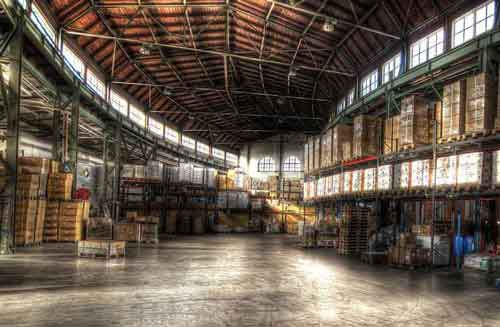
The role of the wholesaler is changing rapidly. Manufacturers are increasingly bypassing their traditional distribution channels and delivering directly to consumers or business end users. Switching suppliers is easier than ever. Digitization and innovation are necessary to remain relevant in the market.

Brand manufacturers face a rapidly changing world. There are more and more possibilities next to traditional sales channels, such as new business models, marketplaces and internationalization. With the use of an eCommerce platform, you increase sales by identifying new markets and quickly responding to them.
Whether you are focused on an open or closed B2B platform, a complete shopping experience with B2C eCommerce and / or B2B eCommerce, the CloudSuite eCommerce platform offers one total solution.
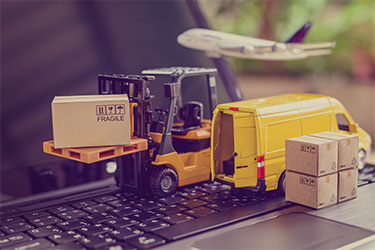
B2B eCommerce is a world in itself: relationships are long-term and agreements about price and delivery differ from customer to customer. Still, you have to take this step, because B2B companies that don't do this quickly become obsolete and cannot survive in the long run.
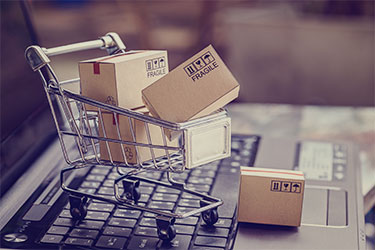
Until a few years ago, most consumer purchases took place offline. More than 95% of consumers now buy products online. With the wide range of more than 40 thousand webshops in the Netherlands, it is a must to distinguish yourself.
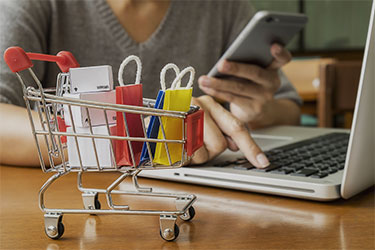
A D2C strategy reduces supply chain problems and improves your customers' brand loyalty. In addition, it increases margins, because you eliminate intermediary parties from the chain. Reason enough to delve into this model.
Every industry has its own challenges. The CloudSuite eCommerce platform is versatile and offers various specific functionalities for the best shopping experience.

In the coming years, consumers will no longer eat more, but will eat differently. Nowadays, more and more supermarkets are challenging food wholesalers by supplying directly to the business market. So now is the time to meet customer demand.

It is not surprising that large traditional, brick-and-mortar stores are going digital with home & garden eCommerce. With the right eC-commerce platform and a rock-solid strategy, you can significantly increase conversion. Time to roll up your sleeves.
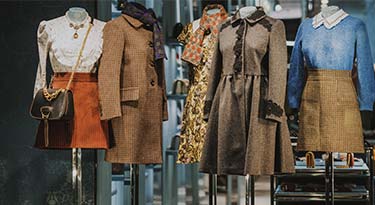
While more and more physical stores are closing, fashion webshops are popping up like mushrooms. In the first half of 2019, online clothing sales increased by 15%. Online sales of shoes and personal lifestyle grew by no less than 21%.

When it comes to FMCG eCommerce, there is still a lot of ground to be conquered. If this industry has such a large share of all spending, why isn't it traded online? Time to get up and invest in FMCG eCommerce.
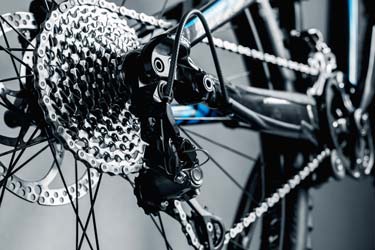
Needless to say, the sports industry is one of the most competitive and intense industries in the world. Distributors, manufacturers and sports clubs are using ever newer and innovative technologies to reach their target audience.

With a continuous increase in online orders, packaging wholesalers and manufacturers are busy. More different types of products are ordered online, which means that the demand for specific packaging is also growing.
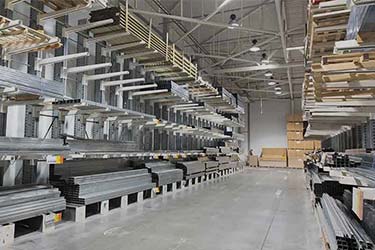
The construction industry is in its infancy for the implementation of B2B eCommerce. There is still a lot to discover in the field of eCommerce for building materials. But one thing is certain: the way we do business has fundamentally changed since the pandemic.
Is your industry not listed here? No problem! Inquire about what we can do for you.
ContactToday, customers are increasingly demanding in terms of the shopping experience. The CloudSuite eCommerce platform offers a complete solution that grows with your needs. Today and in the future!

From design to functionalities; the wishes of customers are constantly changing. To stay competitive, you want to meet all those future demands. The CloudSuite eCommerce platform can be implemented both traditionally and headless.

API first eCommerce is a strategy or approach that puts sales functionality first – regardless of who, what or where it is used. In this way, you as an organization can easily adapt to changes in the market.

Do you expect a product to be successful across the border? Do you receive questions from other countries or does your competitor already work abroad? Are you simply ready for international growth? Then it is time to enter a new market.
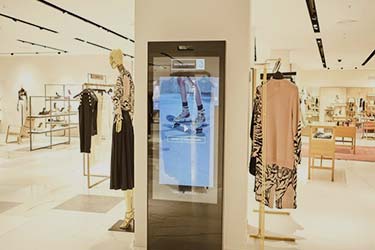
The information that the customer sees is consistent everywhere; from webshop to mobile phone and from email to shop. In an omnichannel strategy, it is not the product or service that is central, but the customer.
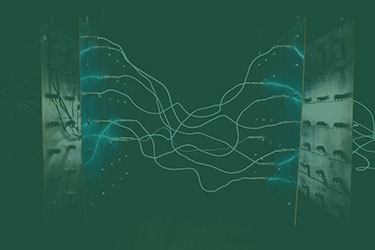
You can launch separate webshops to bring different product groups to the attention of various target groups. However, management quickly results in a loss in the overview over different platforms.
Is your eCommerce need not listed here? Let's discuss how the CloudSuite platform meets your needs.
Contact